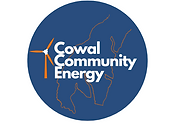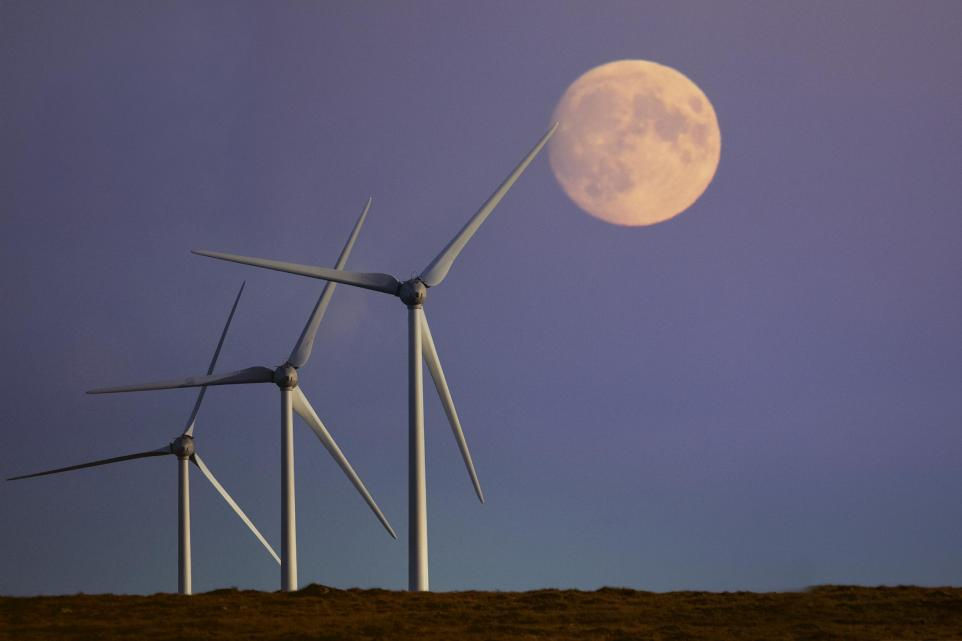

The Herald
23 Mar 2025
A big decision is approaching for Scotland’s political class as the first generation of wind farms approaches a major crossroads.
Wind turbines have a typical working life of around twenty-five years which means that the existing 8,000MW of onshore wind farms will soon need to be replaced with turbine models that are newer and more efficient.
This ‘repowering’ of wind farms is not a mere mechanical or technical exercise, however, although the large corporate players would like you to think so, with new planning consents and leases being waved through.
It is, instead, a golden opportunity to rethink the wind industry in Scotland and to ensure that much more of the vast profits generated is kept and re-invested in our local communities and in our national economy.
This is the big question behind the headlines about a new social enterprise, Cowal Community Energy (CCE), seeking to take over the 30MW wind farm site at Cruach Mhor, currently occupied by Scottish Power.
The fact that the landowner of that site is none other than the Scottish Government makes this question now impossible to ignore.
Why do CCE think that community ownership is the answer for Cowal? Quite simply, because they have seen it work elsewhere.
Take, for example, the cluster of seven community wind farms in the Western Isles which generate enough green power, 23MW, to supply every household in the islands and export the surplus to the mainland.
Taken together, these community turbines earn £2.3 Million in profit every year, and every penny is reinvested back into local organisations and projects for the benefit of the whole community.
Now compare this with Cruadh Mhor in Cowal under corporate ownership. Despite being a third bigger (30MW) than the combined total of the island wind farms, Cruadh Mhor makes an annual Community Benefit payment of just £36,000.
The rest of the profit, probably around £3 Million a year, goes back to company HQ which is, in this case, located in Madrid. The contrast between community and corporate ownership of wind farms in terms of both local and national economic benefit could not be more stark.
Can the success of community energy in the Western Isles be replicated elsewhere and can it be scaled up to be a significant player for Scotland plc? The answer to both questions is yes. There are now 110MW of community-owned wind energy in Scotland from the Highlands in the north down to Berwickshire in the south, with Kilbirnie starting later this year to benefit former mining communities in Ayrshire.
The shining example of community energy at scale is in Denmark, where over 50% of the onshore wind farms are now community owned in one form of another, including cooperative and municipal ownership as well as community trusts.
Instead of trying to become “the Saudi Arabia of renewables”, our politicians should be following the green energy model of Denmark.
Cowal shows it’s not too late to start that national journey. There are currently 1,213MW of wind farms on Scottish government land, with a further 1,260MW under construction or in development.
Astonishingly, not a single MW installed up to now appears to be Scottish-owned, far less community-owned. This has to change. Over the next 25 years, all of these FLS sites will need to be repowered and their leases renewed, starting with Cruadh Mhor.
If Scottish politicians are genuine in their rhetoric about promoting community energy they need to start to work with groups like Cowal Community Energy and at last use the Scottish Government’s vast landbank to spearhead the much-vaunted ‘just transition’.
Calum A MacDonald is the former MP for the Western Isles and Founding Director of the Point and Sandwick community wind farm (the largest in the UK)